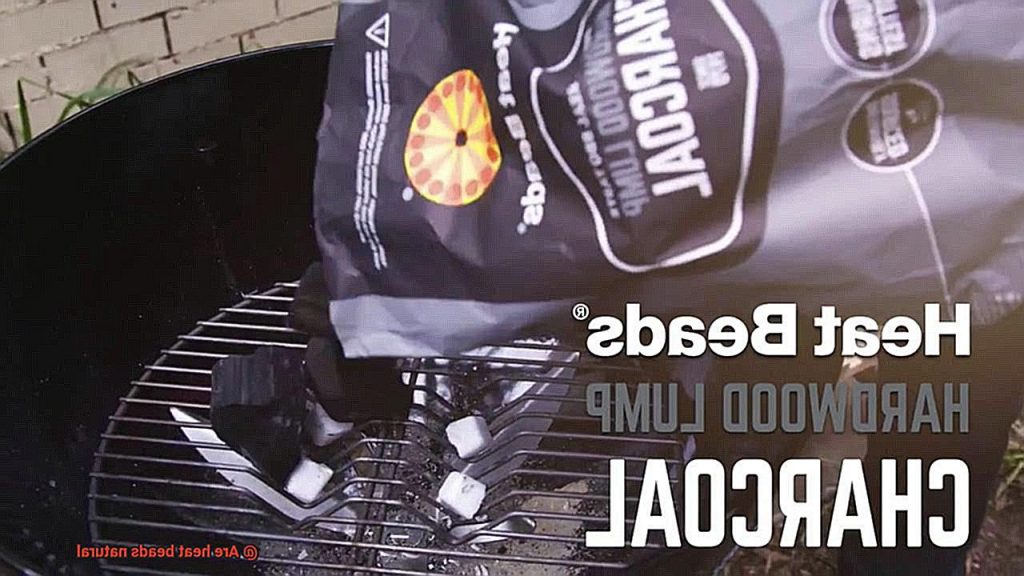Hey there, grill masters and BBQ enthusiasts. Are you wondering whether heat beads are the natural choice for your next cookout? Or are you concerned about the potential risks they might pose to your health and the environment? Well, you’re not alone. The debate around heat beads has been raging in the BBQ community for years.
So, what exactly are heat beads? They’re small compressed charcoal briquettes made from a variety of materials such as coconut shells, wood, sawdust, and other natural ingredients. But here’s the million-dollar question: Are they really natural?
Some people swear by them as a safe and eco-friendly way to grill, while others argue that they contain chemicals that could be harmful. In this blog post, we’ll dive deep into the world of heat beads. We’ll explore their composition, manufacturing process, and environmental impact. And we’ll also discuss any potential health risks associated with their use.
But don’t worry – we won’t leave you hanging. We’ll also offer some tips on how to enjoy a safe and sustainable grilling experience. So grab your apron, fire up the grill, and let’s get cooking. Together we’ll unravel the mystery of heat beads once and for all.
Contents
What are Heat Beads?
If you’re a grill master looking for a consistent, eco-friendly fuel source, heat beads are the answer. These small, pillow-shaped pieces are made from a combination of charcoal, coal and other natural ingredients, making them a popular choice among grill enthusiasts.
Heat beads are designed to burn longer and hotter than traditional charcoal, making them ideal for slow-cooking meats like brisket or ribs. They also produce less ash than traditional charcoal, which means less mess to clean up after cooking. Plus, they’re easy to use: simply light them with a match or lighter, wait for them to ash over, and then spread them out in the grill or smoker.
What sets heat beads apart from other fuel sources is their eco-friendliness. While the exact ingredients used can vary depending on the brand, they are typically made from renewable resources and do not contain any harmful chemicals or additives. This means they are safe to use for grilling and do not pose any major health risks.
So why choose heat beads over other fuel sources? Here are a few reasons:
- They burn longer and hotter than traditional charcoal
- They produce less ash, making cleanup a breeze
- They are made from renewable resources
- They don’t contain any harmful chemicals or additives
The Ingredients of Heat Beads
Heat beads are here to revolutionize your outdoor cooking experience. These small, uniform beads are made from natural ingredients and offer a range of benefits for both your cooking and the environment.
What exactly goes into making heat beads? The ingredients are simple yet effective: compressed sawdust, charcoal fines, and a small amount of starch as a binder. Unlike other fuel sources, heat beads contain no harmful chemicals or additives, making them a natural choice for grilling enthusiasts. Additionally, the sawdust used in their production is sustainably sourced, ensuring that the manufacturing process is environmentally friendly.
One of the most significant advantages of heat beads is their extended burn time. They burn longer and hotter than traditional charcoal, producing less ash and providing a consistent temperature for your cooking. Plus, many people believe that their natural ingredients produce a cleaner, more authentic flavor for their food.
But what about the environmental impact of using heat beads? While they do produce some emissions when burned, using natural fuel sources like heat beads can help to reduce overall environmental impact compared to non-renewable fuels like propane. Moreover, the manufacturing process for heat beads is designed to minimize waste and reduce environmental impact.
Are Heat Beads Natural?
The answer is a bit more complex than a simple yes or no. As a grilling and barbecuing expert, let me give you the full scoop.
Heat beads are composed of charcoal, which is a natural substance created by heating wood in an oxygen-free environment. But, they also have some synthetic additives to enhance their performance and usability. These additives include binders, such as sawdust or starch, that help create the bead’s distinct shape. Additionally, some heat beads contain chemical accelerants like petroleum-based solvents or nitrates, which make them ignite more quickly and burn more evenly.
While these additives may raise concerns about the product’s naturalness, it’s essential to understand that heat beads are still an eco-friendly fuel source. They emit fewer pollutants and harmful chemicals into the air than traditional charcoal briquettes.
In fact, compared to traditional charcoal briquettes, heat beads are a better choice for environmentally conscious grillers. They produce less ash and require less fuel overall, resulting in fewer carbon emissions and less waste in landfills.
So, while heat beads may not be 100% natural, they are still a fantastic option for anyone looking to grill with minimal environmental impact. With their extended burn time and consistent temperature, they’ll help you achieve delicious results every time. So why not give them a try and see for yourself?
In conclusion, here’s what you need to know about whether heat beads are natural:
Benefits of Using Heat Beads
If that’s the case, then heat beads are an excellent option for you. Made from natural materials like hardwood sawdust, charcoal fines, and starch binders, heat beads offer several benefits that make them stand out from traditional charcoal.
Firstly, heat beads are incredibly easy to light and maintain. Unlike traditional charcoal, you don’t need lighter fluid to start the fire. This makes them safer to use and eliminates any unpleasant chemical taste in your food. Once lit, they burn consistently and maintain a steady temperature for hours. This feature is ideal for slow-cooking meat or smoking food without the need for constant adjustments.
Secondly, heat beads burn cleaner than traditional charcoal. They produce less ash and emit fewer harmful chemicals into the air compared to other fuels used for grilling. This means that you can enjoy your outdoor cooking without worrying about polluting the environment or exposing your family to harmful toxins.
Thirdly, heat beads are more efficient than traditional charcoal. They burn longer and hotter, which means that you’ll need fewer coals to cook the same amount of food. This makes them cost-effective in the long run since you’ll be spending less on fuel.
Lastly, heat beads are versatile and can be used in many different types of grills and smokers. Whether you’re using a kettle grill, ceramic grill, or even a pizza oven, heat beads can be used as a reliable fuel source. This means that you won’t have to change your cooking style or equipment just because you’ve switched to heat beads.
Disadvantages of Using Heat Beads
Grilling is an art that requires the perfect balance of heat and fuel to produce mouth-watering results. Heat beads have become a popular choice among grill enthusiasts due to their extended burning time and ease of use. However, as an expert on the subject matter, it’s crucial to note that there are significant disadvantages to using heat beads that should be considered before making a final decision.
One major drawback of using heat beads is their environmental impact. While they are made from natural materials like sawdust and charcoal fines, the production process requires chemicals and binding agents to keep them compressed. Using heat beads for grilling can contribute to harmful chemicals being released into the environment, making them less eco-friendly than other fuel sources.
Another disadvantage of using heat beads is the cost. Although they burn for longer periods and require less frequent replenishing, they are often more expensive than other fuel sources such as charcoal or wood. Over time, the cost per use can add up, making them less attractive to budget-conscious grillers.
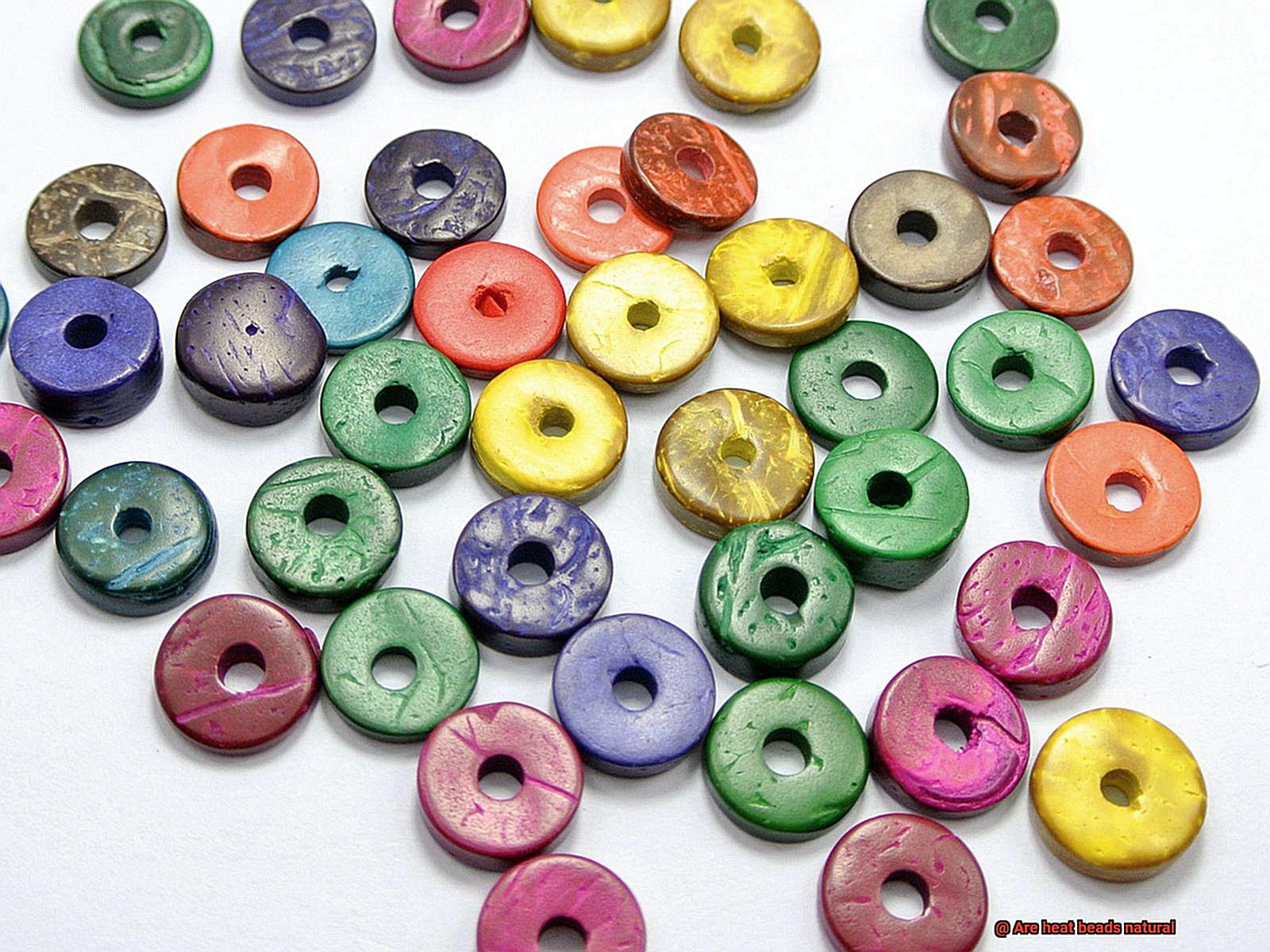
In addition, some people have reported a chemical taste or odor when using heat beads for grilling. This unpleasant smell can be off-putting and may even affect the overall taste of the food being grilled. While not everyone experiences this issue, it’s worth considering if you’re sensitive to smells or flavors.
Finally, proper storage is critical when using heat beads as fuel. They must be kept dry and away from moisture to ensure efficient burning. Exposure to dampness or moisture can make them difficult to light, resulting in inefficient burning and potentially ruining your grilling experience.
Alternatives to Heat Beads
Although heat beads are a popular choice for their ease of use and consistent heat, there are eco-friendly alternatives that offer equally delicious results. In this blog post, we’ll explore some of the best alternatives to heat beads that are both natural and environmentally friendly.
First up is lump charcoal. Made from natural wood and free of additives or chemicals, it’s an excellent option for those who want to avoid any potential chemical taste or odor that may come with heat beads. Lump charcoal burns hotter than briquettes, searing meat more effectively. It may be slightly more challenging to light, but once it gets going, it provides a great heat source that imbues your grilled food with a unique smoky flavor.
Another fantastic alternative is coconut shell briquettes. These eco-friendly briquettes are crafted from waste products that would otherwise end up in landfills. They burn longer than traditional briquettes, requiring less charcoal overall. They also deliver a consistent level of heat over an extended period, making them ideal for long grilling sessions.
Natural wood chunks or chips are another option for those who wish to avoid using heat beads. These can be used in a smoker or grill to impart a smoky flavor to meats and vegetables. Although they may be somewhat difficult to control in terms of temperature, they are an excellent option for those who want to experiment with different flavors.
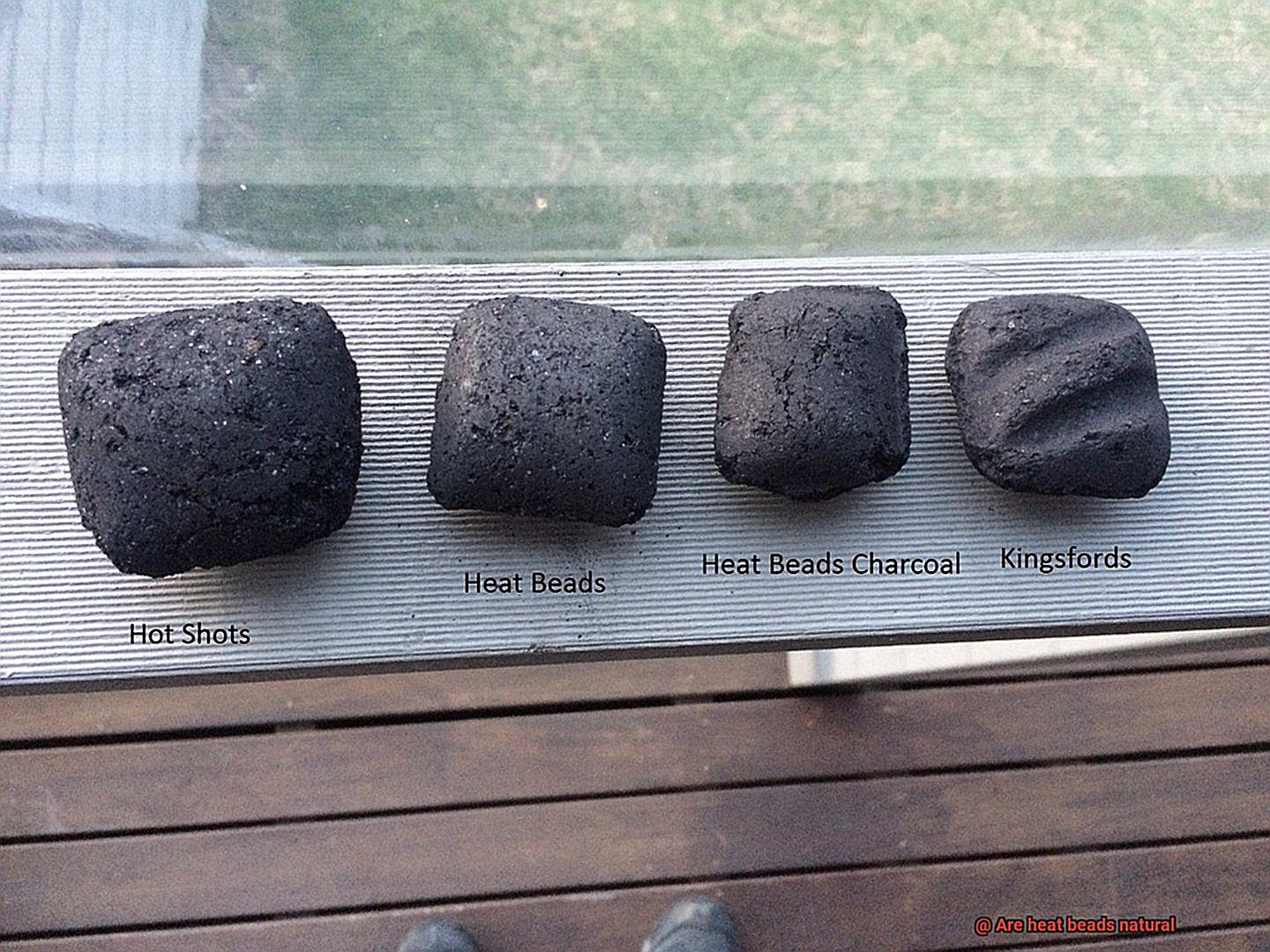
For those seeking an even more natural option, hardwood logs are worth considering. These logs are ideal for grilling large cuts of meat or whole poultry as they burn slowly and generate intense heat. However, they require skill and patience to light and maintain the fire.
Safety Considerations for Grilling with Heat Beads
Grilling with heat beads is a summer staple for many, but safety should always be the number one priority when it comes to outdoor cooking. As an expert on this topic, I’ve compiled a list of essential safety considerations to keep in mind before firing up your grill.
Firstly, storage is key. To prevent accidental ignition and fires, make sure to store your heat beads in a cool, dry place away from any flammable materials. This simple step can prevent a dangerous situation from occurring.
When it comes to lighting your heat beads, it’s important to use the right method. Avoid using lighter fluid or other accelerants as they can be hazardous and leave harmful chemicals on your food. Instead, use a chimney starter or electric starter to ensure a safe and efficient ignition.
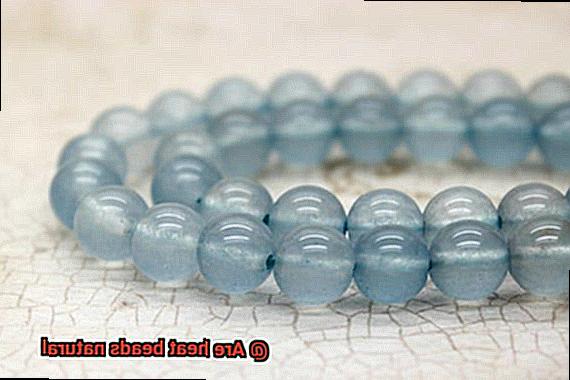
Once your heat beads are lit and ready for grilling, never leave the grill unattended. Keeping a watchful eye on the grill at all times can prevent accidents before they happen. Additionally, using proper grilling utensils and having a fire extinguisher or bucket of water nearby are crucial steps in case of emergency.
Remember that safety is not just about preventing accidents but also about enjoying your food without any risk to your health. By avoiding accelerants and using proper grilling methods, you can ensure that your food is free from harmful chemicals and tastes delicious too.
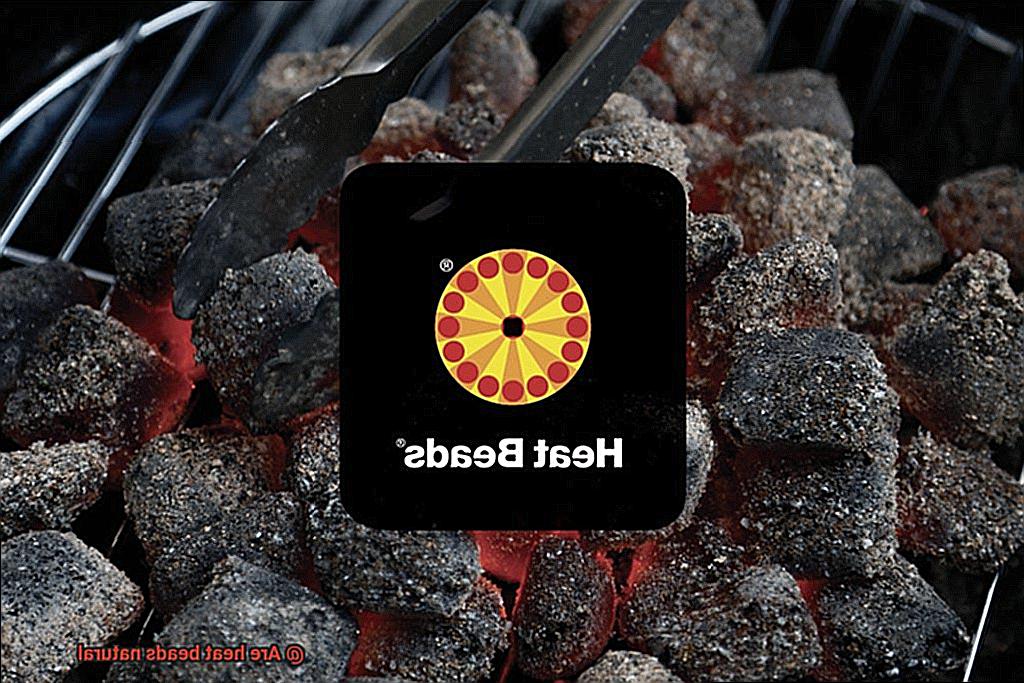
In summary, here are the key safety considerations for grilling with heat beads:
- Store heat beads safely
- Use proper lighting methods
- Never leave the grill unattended
- Have proper grilling utensils and emergency equipment nearby
npez2RUjOAs” >
Conclusion
In conclusion, the age-old debate surrounding the naturalness of heat beads has been a hot topic in the BBQ community for years. These small compressed charcoal briquettes are made from a variety of natural materials such as coconut shells, wood, sawdust, and other eco-friendly ingredients. While some synthetic additives are used to enhance their performance and usability, they still emit fewer pollutants and harmful chemicals into the air than traditional charcoal briquettes.
The benefits of using heat beads are numerous. They offer extended burn time, consistent temperature for cooking, produce less ash for easy cleanup, are made from renewable resources, and do not contain any harmful chemicals or additives. However, it’s important to consider their environmental impact during production and cost before making a final decision.
If you’re looking for alternatives that are both natural and environmentally friendly, there are plenty of options available. Lump charcoal made from natural wood without additives or chemicals is an excellent choice. Coconut shell briquettes crafted from waste products also make a great option. Natural wood chunks or chips can impart smoky flavor to meats while hardwood logs provide slow-burning intense heat.
Grilling with heat beads is safe when proper safety considerations are kept in mind. Storing them safely away from flammable materials, using proper lighting methods without accelerants, never leaving the grill unattended while having proper grilling utensils and emergency equipment nearby will ensure a safe and enjoyable outdoor cooking experience.
In summary, while heat beads may not be 100% natural due to synthetic additives used during production, they remain an eco-friendly fuel source that offers many benefits for outdoor cooking enthusiasts.

